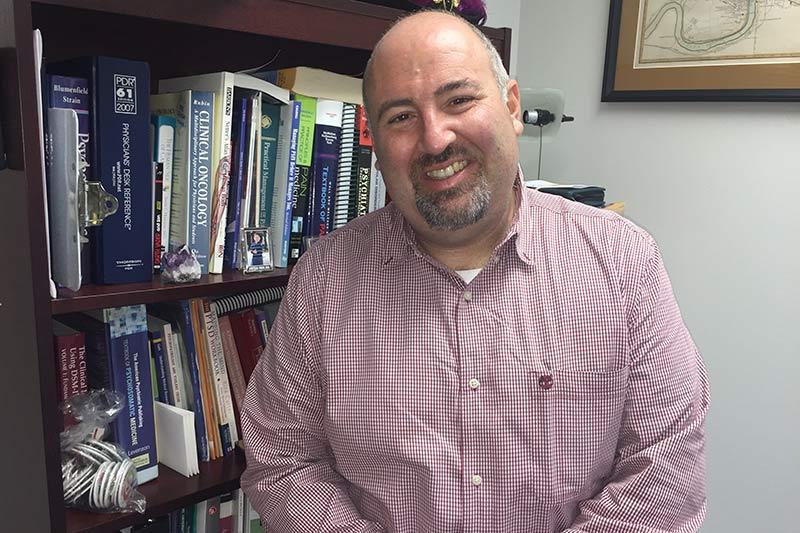Tulane medical students learn opioid safety
The Centers for Disease Control issued new guidelines for prescribing opioids earlier this year in an effort to combat the increasing incidence of abuse or overdose from the drugs. Tulane School of Medicine has already been teaching future doctors about treating chronic pain and Dr. Mordecai Potash, assistant professor of clinical psychiatry, says it was easy to incorporate the CDC's recommendation
Potash teaches fourth-year students during their ambulatory medicine rotation. They watch how Potash approaches pain control within the Tulane Multispecialty Clinic
"One of the things we try to teach future doctors is they can never put their care of patients on an autopilot mode," Potash says. "Yes, standards exist and guidelines exist but you always have to be invested in the treatment and you can never just say, 'If patient says x, then I do y.'"
Prescription opioids began as a way to treat pain associated with active cancer treatment, palliative care and end-of-life care. The medicines then became popular as treatment for common complaints like chronic lower back pain. Used and monitored correctly, opioids can greatly improve a patient's quality of life. According to the CDC, the amount of prescription opioids sold in the U.S. has nearly quadrupled since 1999 though the amount of pain Americans report has not changed.
The number of deaths from prescription opioid overdoses has also quadrupled since 1999, which is why the CDC developed its list of guidelines earlier this year. The recommendations offer guidance on when to initiate or continue opioids for chronic pain, selection, dosage and assessing risk for abuse.
Potash says Tulane students learn about prescribing pain medications within a continuum of care.
"We've been able to use our existing curriculum to introduce outpatient-based pain management treatment in a way that feels familiar and integrated to students," Potash says. "It looks like their experience in other clinics."

